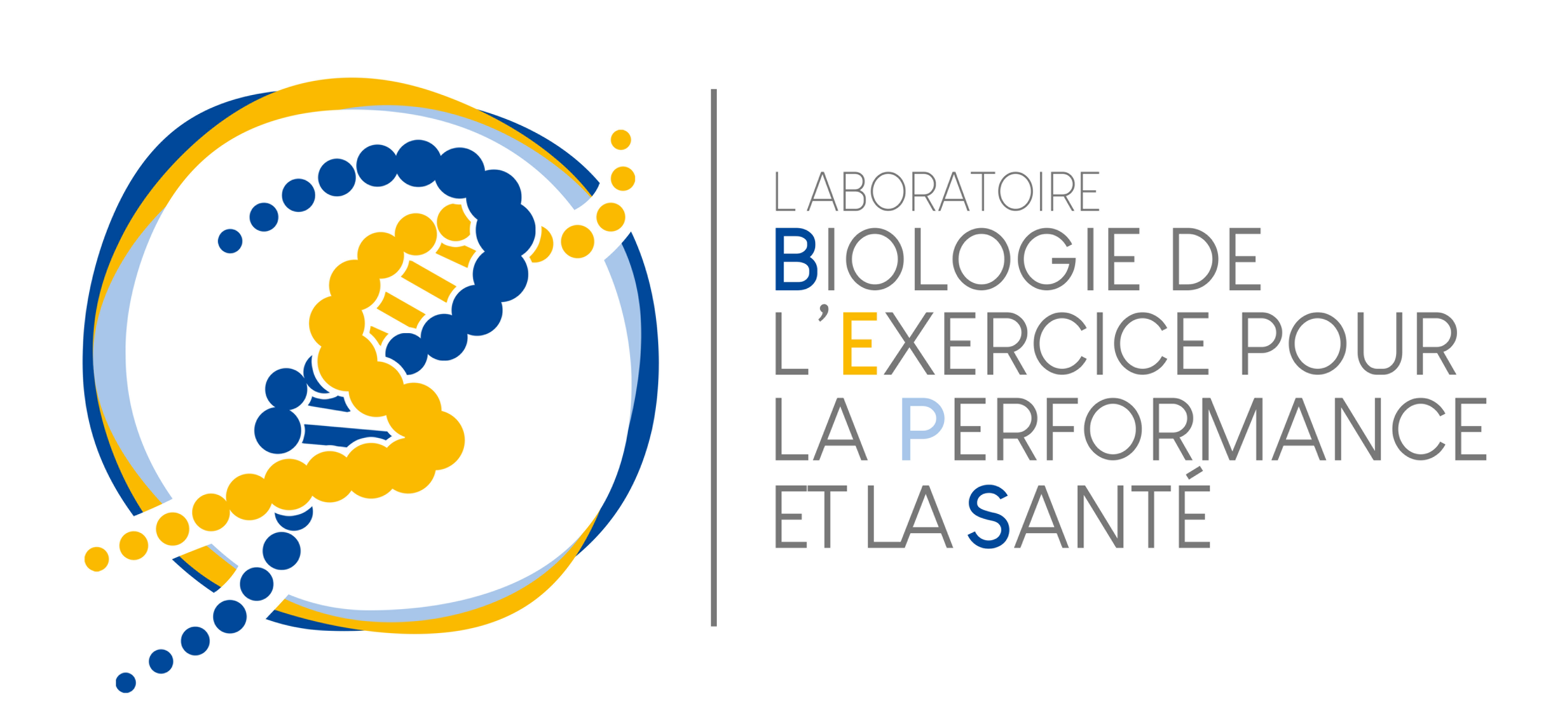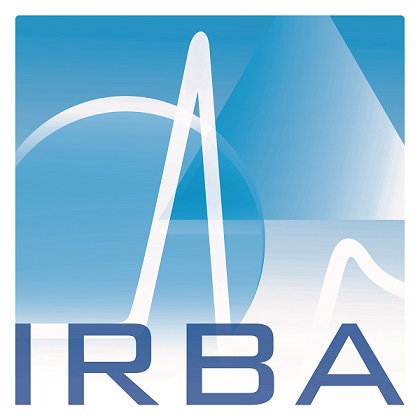Pacing of human locomotion on land and in water: 1500 m swimming vs.5000 m running
Résumé
The study of pace strategy in different environments could help to understand its dependence on athletes’ energetic limits or on sport-specific factors. The aim of this study was to analyse the pacing strategy of finalists during seven swimming and running world events held in 2021–2022. The speed of 32 swimmers every 50 m in 1500 m freestyle competitions, and the speed of 55 runners every 100 m in 5000 m track competitions, were analysed. Differences between swimming and running were statistically significant for Total Time (p = 0.00, ES = 1.9), Average Time of splits (p = 0.00, ES = 2.0), Median Time of splits (p = 0.00, ES = 2.0), and Maximal length of split sequences (p = 0.00, ES = 1.3), and non-significantly different for number of Sequences of splits (p = 0.12, ES = 0.5), Percentage of total splits faster than the median speed (p = 0.08, ES = 0.2), Percentage of splits faster than the median speed in the first half (p = 0.16, ES = 0.4) and Percentage of splits faster than the median speed in the second half (p = 0.21, ES = 0.3). In conclusion, despite similar metabolic requirements of 1500 m swimming and 5000 m running, the influence of specific environment and sport type on the pacing strategy of world level competitions seems to be supported.
| Origine | Fichiers éditeurs autorisés sur une archive ouverte |
|---|---|
| licence |




